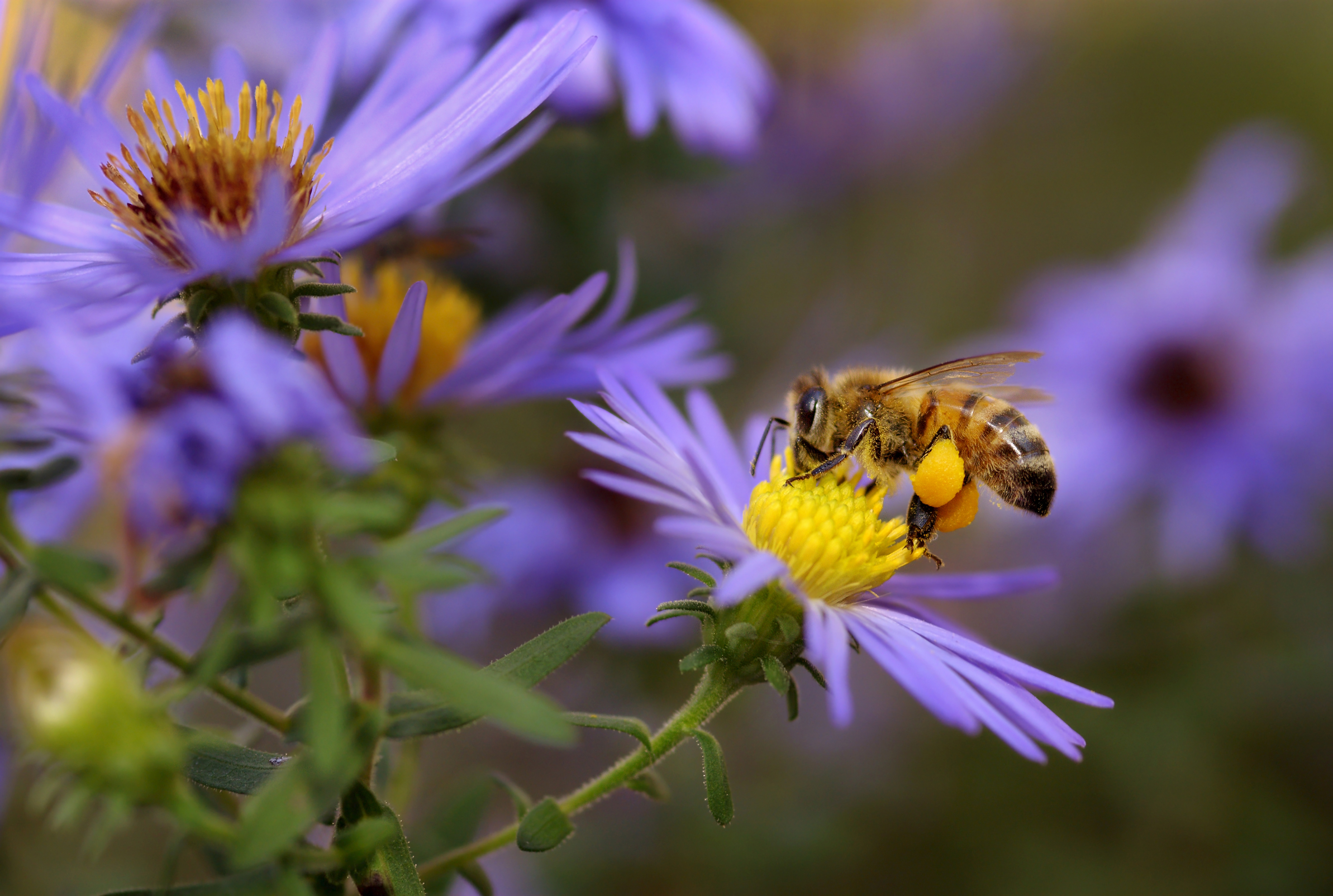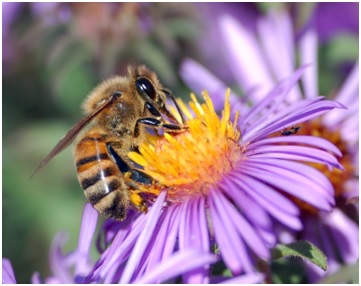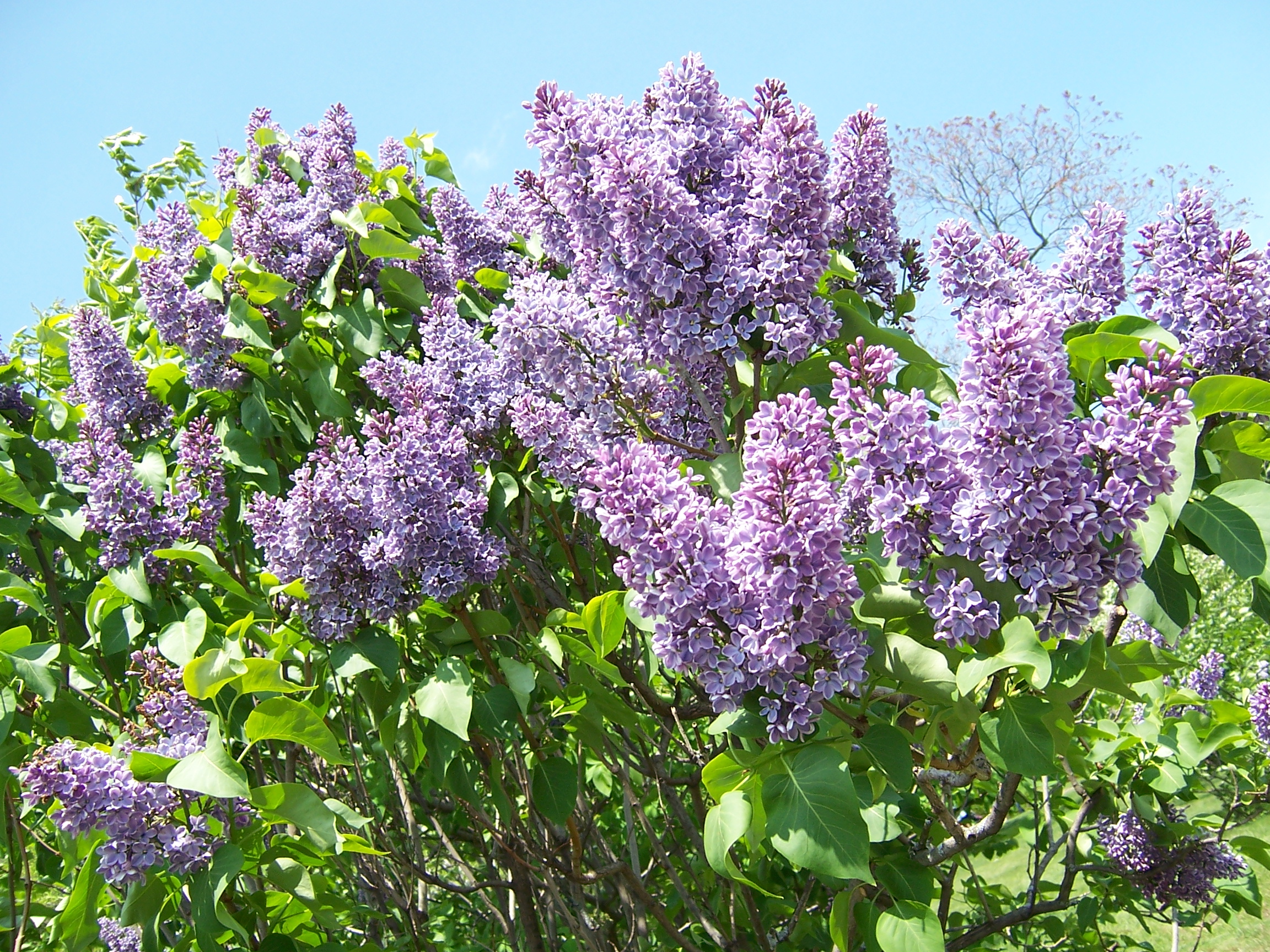
Turn Your Garden into a Haven for Bees
May 21, 2015
If you’re a keen follower of wildlife news then you’ll probably already know about the plight of the British bee. Bees are an essential part of our ecosystem, playing a crucial role in pollinating the plants that we grow for food, however in recent years their numbers have been steadily declining. Although there are nationwide action plans in place to help give their population a much needed boost, charities are calling on the great British public to join the Bee Cause and create spaces for bees to thrive!
Right now you can join the British Bee Count, by recording the number of bees in your garden and logging them online. Once you’ve done that, you can start working towards seeing even more of the helpful creatures pollinating your plants next year, by taking a few simple steps and making your garden a haven for bees!
Plant with Purpose
When you start planting flowers with the specific purpose of attracting bees there are a lot of factors to consider. When you first decide which plants you want to use, it’s important to be aware that not all flowers offer bees the food that they need to thrive – some have petals which are curled up too tightly to allow access to the pollen while others, like pansies, simply don’t produce enough nectar to satisfy a bee’s appetite. Some great plants to use are: common foxglove, common honeysuckle, white clover, dame’s violet, English lavender and bergamot.
Once you’ve chosen a good selection of flowers your job isn’t quite over, as you also need to put a little bit of thought into how you arrange them in your garden. Bees will be far more attracted to bunches of flowers planted together in a sunny spot than to those that are scattered across the garden or hiding away in the shade.
Put Away the Pesticides

It probably seems like common sense that using pesticides can have an unintended effect on bumblebees, despite the fact that they may be targeted at other bugs, but if you have a pest problem in your garden what can you do instead?
One solution is to start practicing combination planting – which is simply using specific plants to naturally repel unwanted insects. For instance, to combat an aphid problem you can try using garlic and chives, both of which emit strong smells that deter them. Alternatively, a plant like dill will attract hoverflies to your garden – and they will eat the aphids without you having to do a thing. Yarrow, sweet peas and coriander are other examples of beneficial plants that can be used to great effect.
Set up Nest Sites

Although bees have got pretty good at setting up their own nests over the years, there is still a role for humans to play in the process. Some bees like to nest in hollow stems, and to help them out you can either use specially designed cardboard nest tubes, or try some D.I.Y and drill a 2-8mm hole in a fence post or log. Other bees might respond well to dedicated bumblebee nest boxes, or even settle down in a bird box. If you have nesting bees then it’s important to leave them alone, although you can clean the box out when they vacate in the winter.
Respect Your Bees
We’ve already seen that bees do a lot of good for humans, but that doesn’t mean they want to spend time with us – most of the time they prefer to be left alone. It’s very unlikely that a bee will sting you while it’s happily pollinating and feeding on plant nectar, so long as you practice caution and avoid disturbing their nests or hives.
So there you have it: everything you need to know if you want to transform your garden into a genuine bumblebee paradise. Once you’re finished, you can enjoy watching your bees at work by sitting back and relaxing with some of our stylish, contemporary garden furniture. If you’re looking to put the finishing touches on your garden makeover then get in touch with our friendly team by calling 01284 812000 – we’d love to hear from you.
© Verdon Grey Ltd 2013 | Design by Cubiqdesign.









